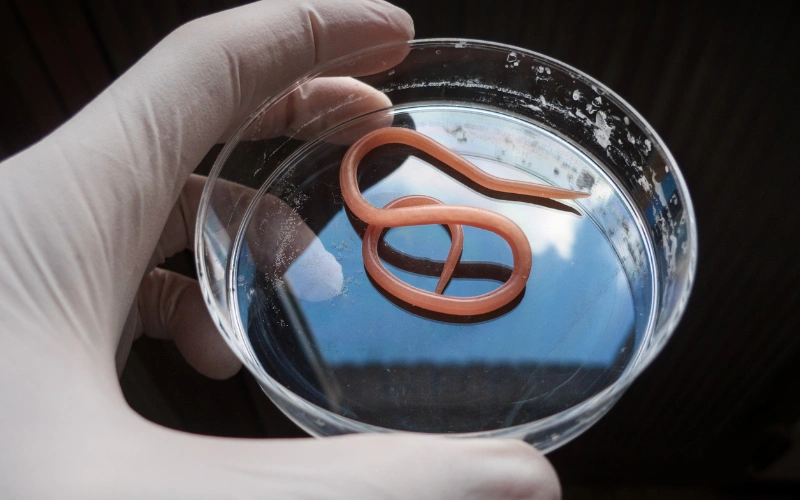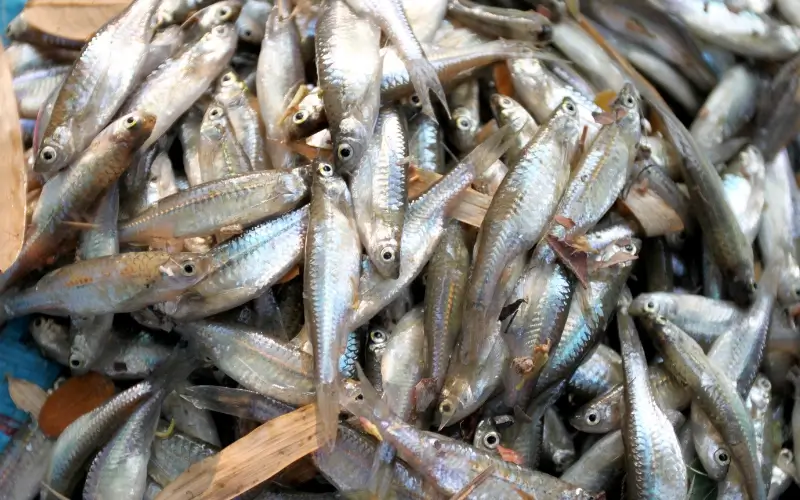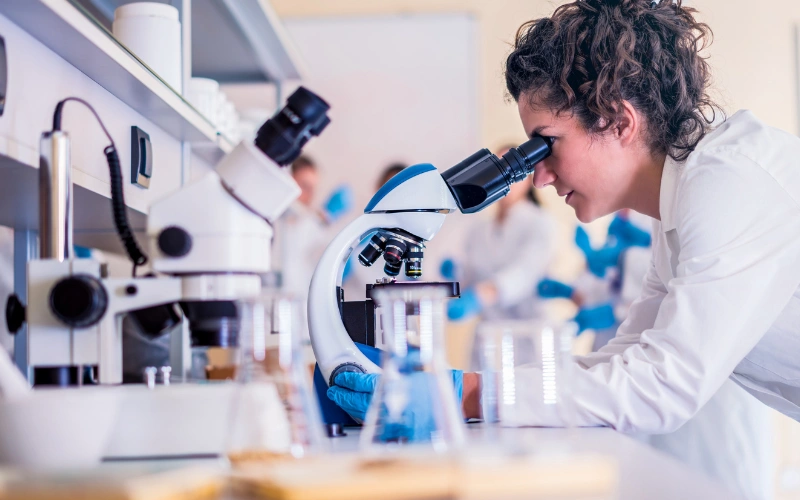Most of the parasites infect humans through the consumption of raw or undercooked food, especially seafood. Angiostrongylus cantonensis, commonly called the rat lungworm, is one of the most worrisome parasites since the infection may lead to serious neurological conditions such as eosinophilic meningitis. They are commonly acquired through the consumption of contaminated crustaceans, mollusks, and fish, and the manifestation varies from simple discomfort to severe lethal illness. This article presents a case of a 60-year-old woman to explain the risks of these infections and the importance of food handling, cooking practices, and raising public awareness to avoid such outcomes.
How Parasitic Infections from Seafood Affect the Brain
Helminth infections result from the consumption of undercooked or raw dishes that contain attached larvae or eggs. These parasites are known to move within the human body after being ingested through the digestive system and can even get to the nervous system.
Angiostrongylus cantonensis usually affects rodents, while man gets infected through the consumption of snails, shrimps, or crabs that are infested with the larvae. If the larvae enter the human body, they are capable of causing eosinophilic meningitis, which results in some of the symptoms such as headache, nausea, neck stiffness, tingling sensations, and, in some cases, neurological damage. The infection may also induce inflammation and immune reactions that may lead to complications or even death if not treated.
Case Study: 60-Year-Old Woman Infected with Rat Lungworm
The patient is a 60-year-old woman from Taiwan who developed a headache, fever, and neck pain following the consumption of raw freshwater shrimp. She developed more severe symptoms, such as muscle weakness and its manifestation in her ability to coordinate her movements.
She was treated for Angiostrongylus cantonensis-induced eosinophilic meningitis through confirmation from cerebrospinal fluid where eosinophilia was noted. She was started on corticosteroids and supportive care that helped her condition improve progressively. However, she continued to have neurological symptoms for some months after the accident. This case demonstrates how seafood should be well cooked and how there are signs that one should look at in case of parasitic infections to seek medical attention.
Global Prevalence of Seafood-Related Parasitic Infections
Parasites in seafood are well documented to affect many parts of the world, especially in the tropical and subtropical zones where consumption of raw fish is culture. Southeast Asia, the Pacific Islands, and parts of Latin America are the places where people mostly report frequent cases of infections resulting from parasites like Clonorchis sinensis, Anisakis simplex, and Angiostrongylus cantonensis.
These infections are particularly common in those who take raw or undercooked fish as a cultural dish, such as sushi, ceviche, and sashimi, among others. Other factors that have been found to be relevant to the transmission of these parasites include climate change, global seafood trade, and inadequate food safety controls, which put the global population at risk.
Who is Most at Risk?
Parasitic brain infections caused by the consumption of contaminated seafood are more common in the following groups of people. Higher risks are the people who often take raw or half-cooked sea fish, those who travel in the affected areas, and those patients with low immunity. Fishermen, seafood handlers, and restaurant workers also get affected the most.
Thirdly, people who use untreated water sources in preparing seafood are also susceptible to these parasites as they find their way through poor washing and handling of fish. Throughout the world, it is important to increase awareness of at-risk individuals to avoid getting infected with parasitic diseases.
Safe Seafood Consumption Guidelines
The main idea is that appropriate preparation and handling of seafood can help avoid the onset of parasitic diseases. To minimize the risks, it is advisable to cook seafood until it reaches an internal temperature of at least 145°F (63°C), which would kill most of the parasites.
Another method that can reduce or eliminate parasites in raw fish is freezing the seafood at 0°F (-18°C) for not less than one week. Do not eat raw or semi-cooked crustaceans and mollusks since they are associated with parasites. For instance, one must ensure he or she washes utensils and cutting boards after preparing raw seafood to reduce the chances of contaminating other foods. When eating out, it is advisable to dine in restaurants that adhere to proper standards on food hygiene.
Public Health Awareness and Prevention
Efforts made by the public health departments are of immense help to avoid parasitic diseases from infected seafood. The governments and health organizations should ensure that the consumers understand the risks that are associated with raw seafood and how they can reduce the risks. Aim at inspecting markets for the seafood, restaurants, and processing centers, as this can help in eradicating possible sources of contamination.
Furthermore, campaigns that create awareness on the risks associated with the consumption of high-risk seafood products can encourage the right food choices among the population. More research and development activities to find a better diagnostic tool and treatment procedure will help in the effective control of parasitic diseases.
Conclusion
Neural larva migrans is a parasitic disease that results from the consumption of contaminated seafood, in this case from the Angiostrongylus cantonensis worm. Another example of this is a case of a 60-year-old woman who fell ill to the rat lungworm disease due to undercooked seafood. As the intake and exportation of seafood increases around the world, it is important to be aware of the dangers and promote good practices.
As a result, one can avoid potential risks of getting ill by properly cooking seafood, refraining from consuming raw foods, and learning the risks that are associated with certain foods. The fight against the parasitic infections can only continue through creating awareness and implementing preventive measures to prevent the occurrence of the diseases in the future.








